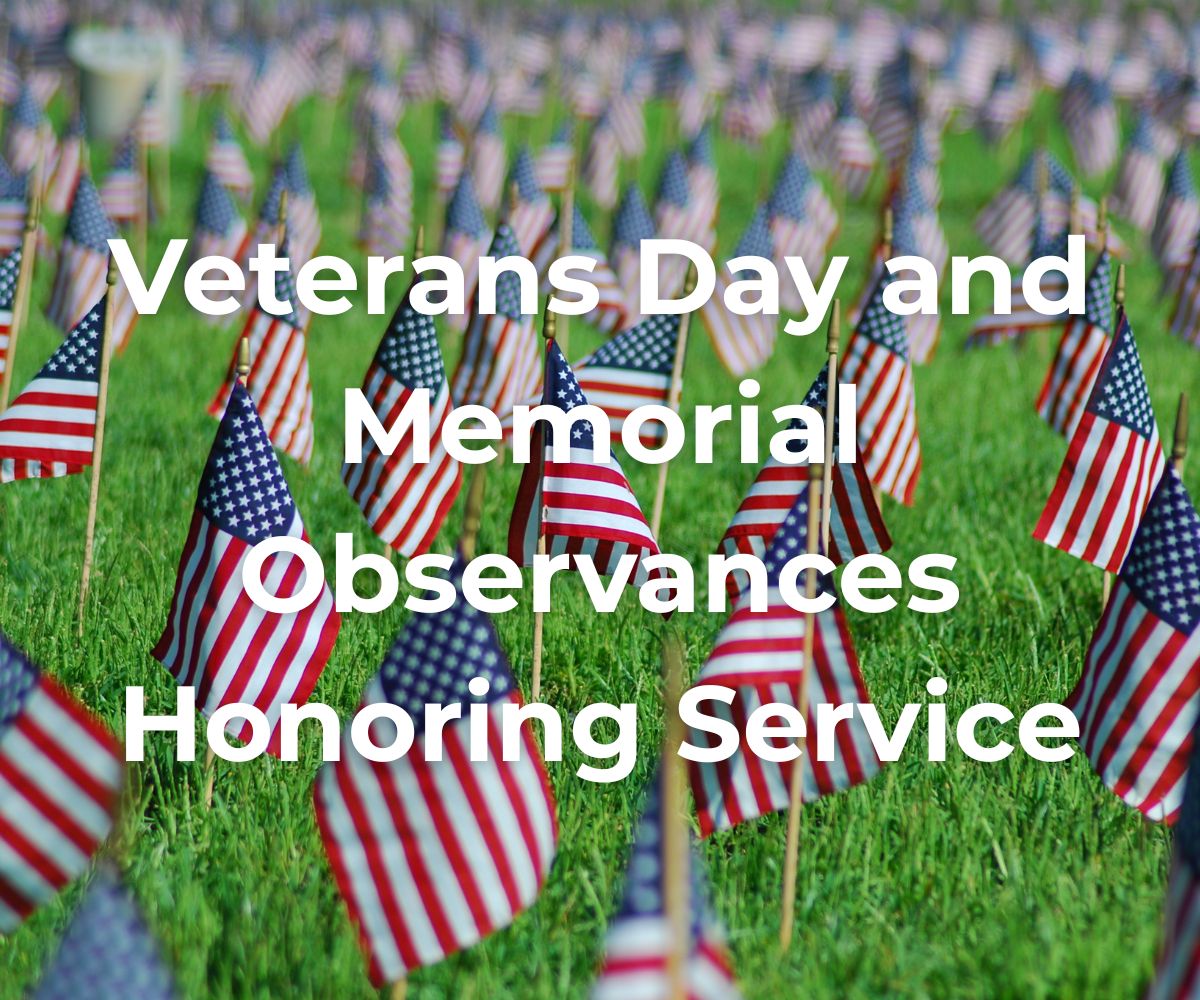thanksgiving in the usa
Description
Thanksgiving in the United States: History, Traditions, and Modern Celebration
Thanksgiving is one of the most cherished holidays in the United States, symbolizing gratitude, family, and community. Celebrated on the fourth Thursday of November, it offers a rare national pause—a day for reflection, appreciation, and togetherness.
What began as a simple harvest feast in the early 17th century has evolved into a major cultural event that combines tradition, food, sports, and modern lifestyle.
The Historical Roots of Thanksgiving
The origin of Thanksgiving dates back to 1621 in Plymouth Colony, now part of Massachusetts. After a harsh winter that claimed nearly half their number, the English Pilgrims—settlers who had arrived on the Mayflower—survived their first year with the help of the Wampanoag people. The Wampanoag taught them vital survival skills, including how to grow native crops like corn and fish local waters.
To celebrate their successful harvest, Governor William Bradford declared a three-day feast. Around 50 Pilgrims and 90 Wampanoag people, led by Chief Massasoit, attended. The menu was far from today’s turkey and stuffing. It included venison, corn, shellfish, wild fowl, and native produce. This feast later became symbolically known as the “First Thanksgiving.”
However, early settlers did not consider it a religious Thanksgiving. True thanksgivings at that time were solemn days of prayer and fasting. The concept of a harvest celebration evolved later into a more unified national observance.
The Road to a National Holiday
For nearly two centuries, Thanksgiving was observed sporadically across the colonies and states. These local celebrations often followed successful harvests, military victories, or the end of hardships. The journey toward a single national Thanksgiving began in the 19th century, largely thanks to Sarah Josepha Hale, a writer and editor of Godey’s Lady’s Book.
For over three decades, she petitioned governors, senators, and presidents to establish a permanent national day of thanks.
Her persistence paid off during one of America’s darkest times. In 1863, amid the Civil War, President Abraham Lincoln proclaimed the last Thursday of November as a national day of “Thanksgiving and Praise.” His intent was to heal a divided nation and foster unity. Every president after Lincoln continued the tradition.
In 1941, Congress made Thanksgiving an official federal holiday and fixed its celebration on the fourth Thursday of November, ensuring consistency and a long weekend for Americans to gather with family.
The Evolution of Thanksgiving Traditions
Through the 20th and 21st centuries, Thanksgiving transformed into more than a historical commemoration. It became a cultural cornerstone blending faith, family, and festivity. The day revolves around shared meals, parades, and acts of kindness—each representing gratitude and community in its own way.
The Thanksgiving Feast
The centerpiece of Thanksgiving is the meal. The roasted turkey, golden and seasoned, stands as the iconic symbol of abundance. Side dishes vary across households and regions but often include mashed potatoes with gravy, cranberry sauce, stuffing, green bean casserole, and sweet potatoes topped with marshmallows. Bread, cornbread, and dinner rolls are staples, while desserts feature pumpkin, pecan, apple, or sweet potato pies.
Regional variations bring diversity to the table. Southern families may serve mac and cheese, collard greens, or cornbread dressing. New Englanders sometimes include seafood dishes like oysters or clam chowder, while Southwestern households might offer tamales or spicy chili. Vegetarian and vegan options have also become common, making the meal inclusive for all guests.
Family and Togetherness
At its heart, Thanksgiving is about family and unity. Millions of Americans travel across the country to spend the holiday with loved ones, making it the busiest travel period of the year. Families gather around tables to share laughter, stories, and gratitude.
Many take turns expressing what they are thankful for before the meal, preserving the essence of reflection and appreciation that defines the day.
Parades and Public Celebrations
One of the most iconic symbols of Thanksgiving is the Macy’s Thanksgiving Day Parade in New York City. Since its debut in 1924, it has featured giant helium balloons, floats, marching bands, and live performances, capturing the spirit of celebration.
Cities across the country host local parades and community events, while “Turkey Trots”—charity races held on Thanksgiving morning—combine fun, fitness, and philanthropy.
Football and Entertainment
Football has become inseparable from Thanksgiving. The National Football League (NFL) began hosting Thanksgiving games in 1934, and watching football has since become a household tradition. Families gather around the TV after dinner, continuing the day’s communal theme. Other forms of entertainment, such as holiday movies and music specials, also add to the festivities.
Acts of Charity
Beyond food and fun, Thanksgiving carries a spirit of generosity. Many Americans volunteer at food drives, shelters, or community centers to provide meals for those in need. Donating to charity or helping neighbors reflects the original intent of gratitude and compassion that defines the holiday.
Thanksgiving Travel: Planning Ahead
Because of its popularity, Thanksgiving is among the busiest travel times in the United States. Millions fly, drive, or take trains to reach their families. Planning ahead is essential for a stress-free experience.
-
Book early: Airfare and train tickets increase sharply as the holiday approaches. Reservations made at least 6 weeks in advance save both time and money.
-
Avoid peak days: The Wednesday before and the Sunday after Thanksgiving are the busiest. Traveling on Tuesday or Saturday often means fewer crowds.
-
Stay flexible: Early morning or late-night flights tend to be cheaper and less congested.
-
Monitor weather: November weather can be unpredictable, so check forecasts and allow time for delays.
-
Pack light: With limited luggage space, traveling light reduces stress and wait times at airports.
-
Plan for traffic: Road trips require patience—leaving early and using navigation apps can make the journey smoother.
Some travelers choose to celebrate “Friendsgiving” locally with friends instead of braving the travel rush. This trend has grown among young adults, offering a relaxed, inclusive way to celebrate gratitude.
Hosting and Food Preparation Tips
Whether preparing a traditional feast or modern spread, hosting Thanksgiving requires organization and creativity. Planning ahead allows hosts to enjoy the day rather than feel overwhelmed.
-
Plan your menu early: Choose dishes that balance rich and light flavors.
-
Brine the turkey: Soaking the turkey overnight in a salt-and-herb mixture keeps the meat juicy and flavorful.
-
Prep ahead: Many dishes—such as cranberry sauce, pies, and casseroles—can be made a day or two in advance.
-
Delegate tasks: Encourage guests to bring side dishes or desserts. Shared cooking lightens the load and builds connection.
-
Accommodate dietary needs: Offer vegetarian or gluten-free options for inclusivity.
-
Use leftovers creatively: Turkey sandwiches, soups, and casseroles turn extra food into comforting post-holiday meals.
For guests, simple gestures like bringing a host gift or helping with cleanup go a long way in making the gathering warm and memorable.
The Deeper Meaning of Thanksgiving
Beyond the food and festivities, Thanksgiving is a time to pause and reflect. It reminds people to appreciate life’s blessings—family, health, friendships, and community. Many families make gratitude lists, share personal reflections, or take part in small acts of kindness.
At the same time, modern conversations about Thanksgiving also acknowledge the experiences of Native Americans. For some Indigenous communities, the holiday is a National Day of Mourning—a time to honor their ancestors and reflect on the consequences of colonization. Recognizing this perspective brings depth and understanding to the celebration, encouraging empathy and awareness alongside gratitude.
Modern Extensions of Thanksgiving
Black Friday and Cyber Monday
The day after Thanksgiving, known as Black Friday, signals the start of the holiday shopping season. Stores offer massive discounts, drawing large crowds eager for deals. In recent years, online shopping on “Cyber Monday” has become equally popular, blending commerce with convenience.
While some see this as overshadowing the spirit of gratitude, others view it as a modern extension of the long weekend’s festivities.
Virtual Celebrations and Technology
With families often spread across states or countries, virtual gatherings have become a new tradition. Video calls allow loved ones to share meals and moments across distances, keeping the connection alive. Social media also plays a role in sharing gratitude messages, photos, and recipes, blending old customs with digital culture.
Thanksgiving Beyond the U.S.
While Thanksgiving is uniquely American, similar celebrations of gratitude exist around the world. Canada celebrates its own Thanksgiving in October, focusing on harvest and family. Other countries, influenced by American culture, have adopted similar events that highlight appreciation and community.
Why Thanksgiving Endures
Thanksgiving’s endurance lies in its universal themes—gratitude, togetherness, and reflection. In an age of fast-paced living, it offers a collective pause to reconnect with what matters most. The holiday’s simplicity—gathering around a table, sharing food, and giving thanks—remains timeless, reminding Americans of their shared humanity and history.
Conclusion
Thanksgiving in the United States is more than a historical commemoration—it’s a living tradition. From the humble 1621 harvest feast to today’s parades, feasts, and family gatherings, it continues to embody the values of gratitude and unity.
Whether celebrated with a classic turkey dinner, a modern Friendsgiving, or a moment of quiet reflection, Thanksgiving remains a symbol of connection and appreciation. Its enduring legacy reminds everyone that gratitude is not just a holiday ritual, but a way of life.




















